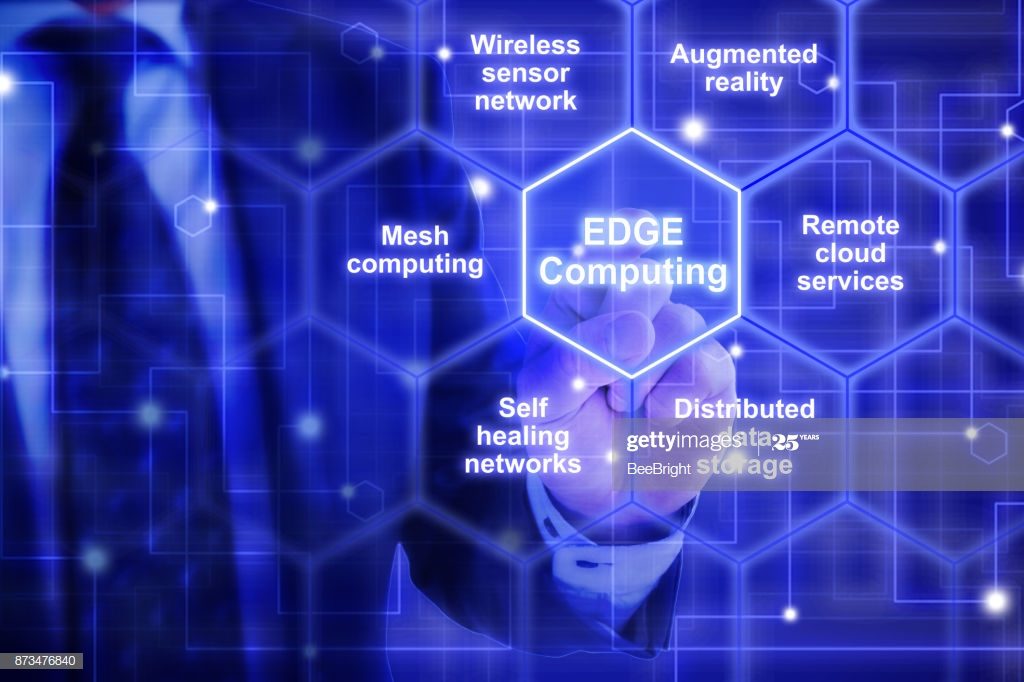
Computing infrastructure such as servers built for cloud computing are large and power hungry, designed to deliver as much performance as possible, and usually require a cold air-conditioned, dust free environment. Since they will also be deployed in a huge number, they are also usually optimized only for a single purpose – such as storage, or CPU computing, or GPU acceleration, and are designed to be deployed in huge cloud data centers where space or power is more readily available.
On the other hand, edge computing needs to be performed close to the user location in downtown or urban areas, such as in an office cabinet or the base of a cell phone tower. Therefore, space is restricted and power supply might be limited or expensive. In addition, there might not be air conditioning available to maintain a perfectly cooled environment, and since the server will usually be deployed just as a single unit, it needs to offer a good balance of compute, storage, networking, expansion and GPU support.
Gene Visio offers our customers a new range of servers specifically designed for edge computing, specifically designed for edge computing applications to build 5G networks, featuring a compact form factor (short depth & height) and lower power consumption requirements, while still offering capable computing performing to run demanding virtualized workloads at the edge.
Our edge server systems also feature a good balance of memory capacity, storage and other expansion capacity and even accelerator card support to run inferencing workloads such as computer vision and or speech recognition models, to support AI-enabled applications and services.